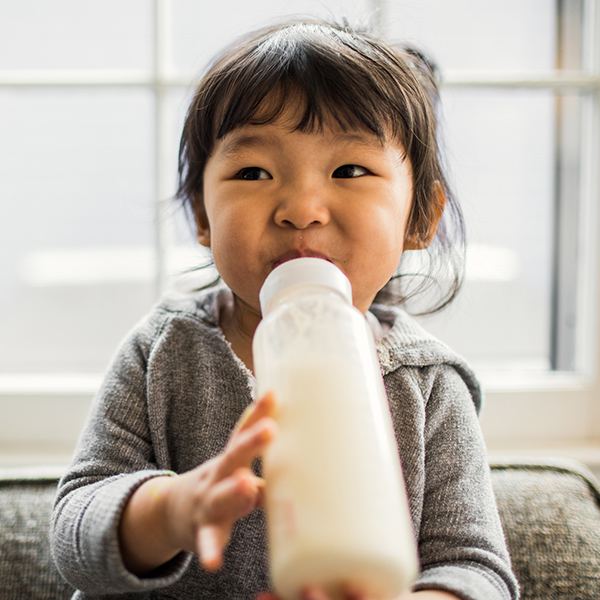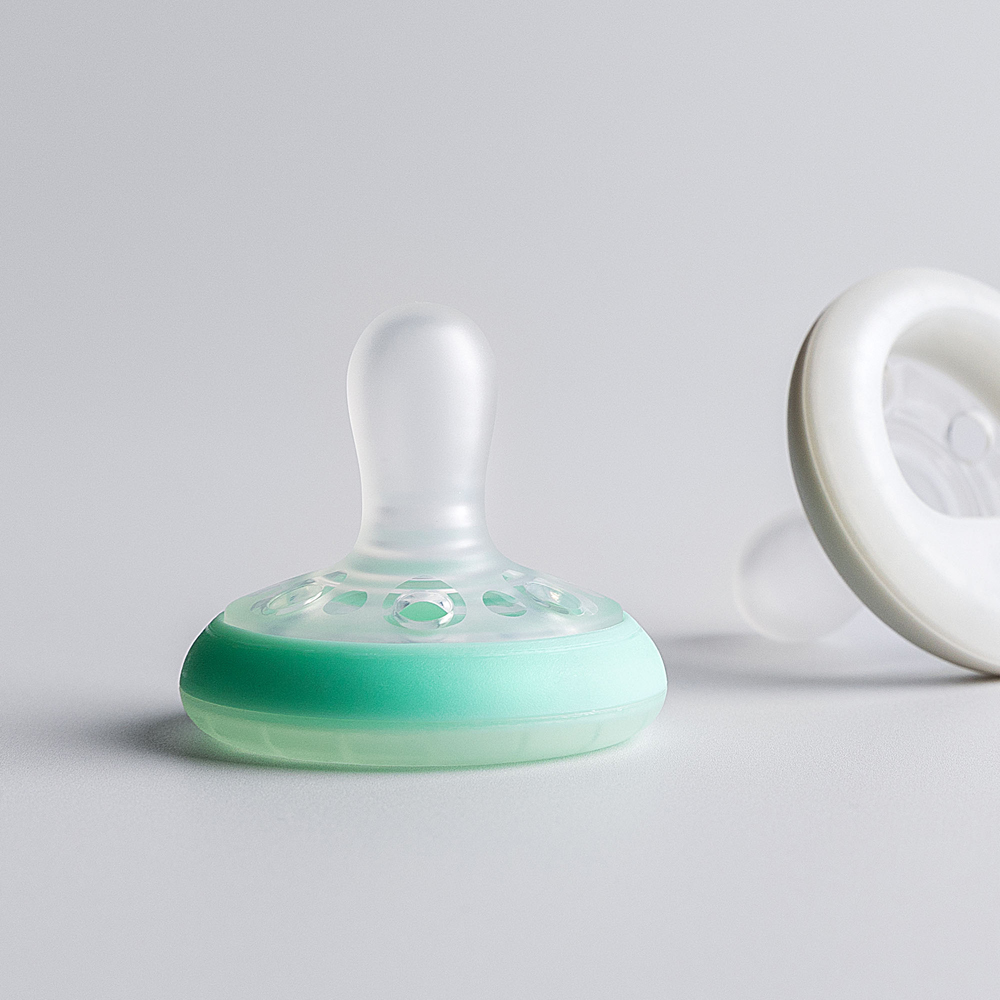Common Reasons Toddlers Refuse Milk
Why is my toddler suddenly refusing milk? One of the most baffling issues parents face is when toddlers suddenly refuse milk. Understanding the underlying reasons can help address this problem effectively.

Temperature Preferences
Toddlers are sensitive to the temperature of their milk. Some prefer it warm, akin to the natural temperature of breast milk, while others might accept it closer to room temperature. If your toddler starts refusing milk, try adjusting the temperature slightly to see if it makes a difference.
Formula Changes and Their Impact
A sudden switch in formula can disrupt a toddler’s routine and taste preference, leading to refusal. If you’ve recently changed the brand or type of formula, consider switching back to the old one or gradually mixing the new with the old to help your toddler adjust.
Nipple Flow Issues
The flow of the milk from the bottle can also cause refusal. If the nipple is either too fast or too slow, it can frustrate your toddler. Experiment with different nipple types, focusing on finding one that suits the sucking pattern of your child.
Expiry and Quality of Formula
Always check the expiry date and storage condition of the formula. Feeding your toddler expired or improperly stored formula can cause taste changes and health issues, leading them to refuse it.
Health and Wellness Factors
When understanding why a toddler suddenly refuses milk, it’s crucial to consider their overall health and environmental factors. These elements can heavily influence their willingness to drink milk.
Illnesses Impacting Feeding
A common reason toddlers refuse milk is illness. If your toddler has a cold, throat infection, or even thrush, they might find swallowing painful. Always check for signs of illness, such as fever or unusual fussiness, and consult a healthcare provider if you suspect your child is unwell.

Teething Discomfort
Teething can make feeding times challenging. Sore gums often make sucking painful, leading toddlers to refuse bottles. To soothe teething discomfort, you might offer a cold washcloth to chew on before feeding, or use teething rings.
Distractive Environments During Feeding
Toddlers are easily distracted. Noisy, busy environments can impact their focus during feeding times. Try to feed in a quiet, calm setting. Turn off the TV and reduce distractions to help your toddler concentrate on eating.
Dietary Changes and Preferences
Toddlers’ eating habits change as they grow. These changes can influence their milk intake.
Transition from Bottle to Solids
When toddlers start eating solid foods, they might drink less milk. This is normal. They are exploring new tastes and textures, and their diet is expanding. Ensure solids are introduced gradually. Offer milk alongside meals, not as a replacement.
The Switch from Breastfeeding to Bottle Feeding
Moving from breast to bottle can be tricky. Some toddlers prefer the comfort of breastfeeding. If switching, do it slowly. Mix breast milk with formula or offer the bottle after breastfeeding sessions.
Preferences for Different Feeding Sources or Styles
Toddlers may show a clear preference for how they drink milk. Some may favor cups over bottles. Others might want milk only at certain times. Observe your toddler’s preferences and adapt to them. Try offering milk in a cup or during quiet moments.
Practical Solutions to Encourage Milk Drinking
Finding effective ways to encourage your toddler to drink milk again can be straightforward with the right strategies.
Modifying Bottle and Teat Types
If your toddler suddenly refuses milk, the issue might be with the bottle or nipple type. Try different shapes and sizes of bottles to see if one feels better for your toddler. Also, experimenting with various nipple flows can make a big difference. Some toddlers might prefer a faster or slower flow, depending on their sucking habits.
Adjusting Milk Temperature
Temperature plays a significant role in how toddlers accept milk. If the milk is too hot or too cold, your toddler might refuse it. Try warming the milk slightly to mimic the temperature of breast milk, which is usually more comforting, or cool it down if your child prefers it that way.
Altering Feeding Positions
Sometimes, all it takes to get your toddler interested in their bottle again is a change in how they’re fed. Switch up the feeding position — hold them differently, sit them up instead of lying down, or even walk around if it keeps them calm and receptive.
Introducing New Feeding Routines
Establishing a consistent feeding routine can help your toddler feel more secure and less resistant. Offer milk at the same times each day so they know what to expect. Alternatively, if your schedule allows, introduce milk in different settings to make it more intriguing, like during a quiet storytime or after a little play session.
When to Seek Professional Help
Navigating your toddler’s refusal to drink milk can be challenging. Sometimes, it may require professional intervention.
Signs Your Toddler Needs Medical Attention
Be vigilant for signs that indicate a need for medical help. If your toddler shows persistent fever, unusual lethargy, or persistent crying, these could be signs of a more serious condition. Visible signs of dehydration, such as fewer wet diapers, dry mouth, or sunken eyes, also require prompt medical attention. If you notice a sudden and severe change in your toddler’s feeding habits alongside these symptoms, consult a healthcare provider immediately.
Professional Guidance on Feeding Issues
If common solutions don’t resolve the milk refusal, seek professional advice. Pediatricians or child nutrition experts can offer guidance tailored to your toddler’s needs. They might suggest dietary adjustments, or investigate potential allergies or digestive issues. Specialists can also provide strategies tailored to children who have sensory processing challenges or developmental concerns affecting their eating habits. Always consider professional input if your toddler’s milk refusal persists, to ensure their nutritional needs are met effectively.

Adapting to Your Toddler’s Developing Needs
As toddlers grow, their nutritional needs and feeding habits change. Recognizing these shifts can help you adapt their milk and solid food intake effectively. Adapting feeding practices to match the developmental stage of your toddler not only supports their growth but also eases typical feeding challenges.
Understanding Cup Transition
Transitioning from a bottle to a cup is a significant developmental milestone for toddlers. Many toddlers are ready to start using a cup by their first birthday. Introducing a cup can begin with training cups with spill-proof lids to help your toddler learn to sip without making a mess. Encourage your child to use a cup during meals, allowing them to mimic adult behaviors and gain confidence in their abilities. This transition is not just about changing drinking vessels; it’s also a step towards greater independence.
Balancing Solid Foods and Milk Intake
As toddlers grow, their interest in solid foods increases, which might lead to a decreased interest in milk. Milk is still essential for your toddler as it provides necessary nutrients like calcium and vitamin D. However, balancing milk intake with a variety of solid foods ensures that your toddler receives all the necessary nutrients. Start with small portions of solids and gradually increase as they show more interest. Ensure to offer milk as a drink with meals rather than a meal replacement. Schedule milk times around meals to accommodate both types of food and prevent your toddler from getting too full on solids alone.
Recognizing your toddler’s cues on hunger and fullness can guide you in balancing their diet effectively.



